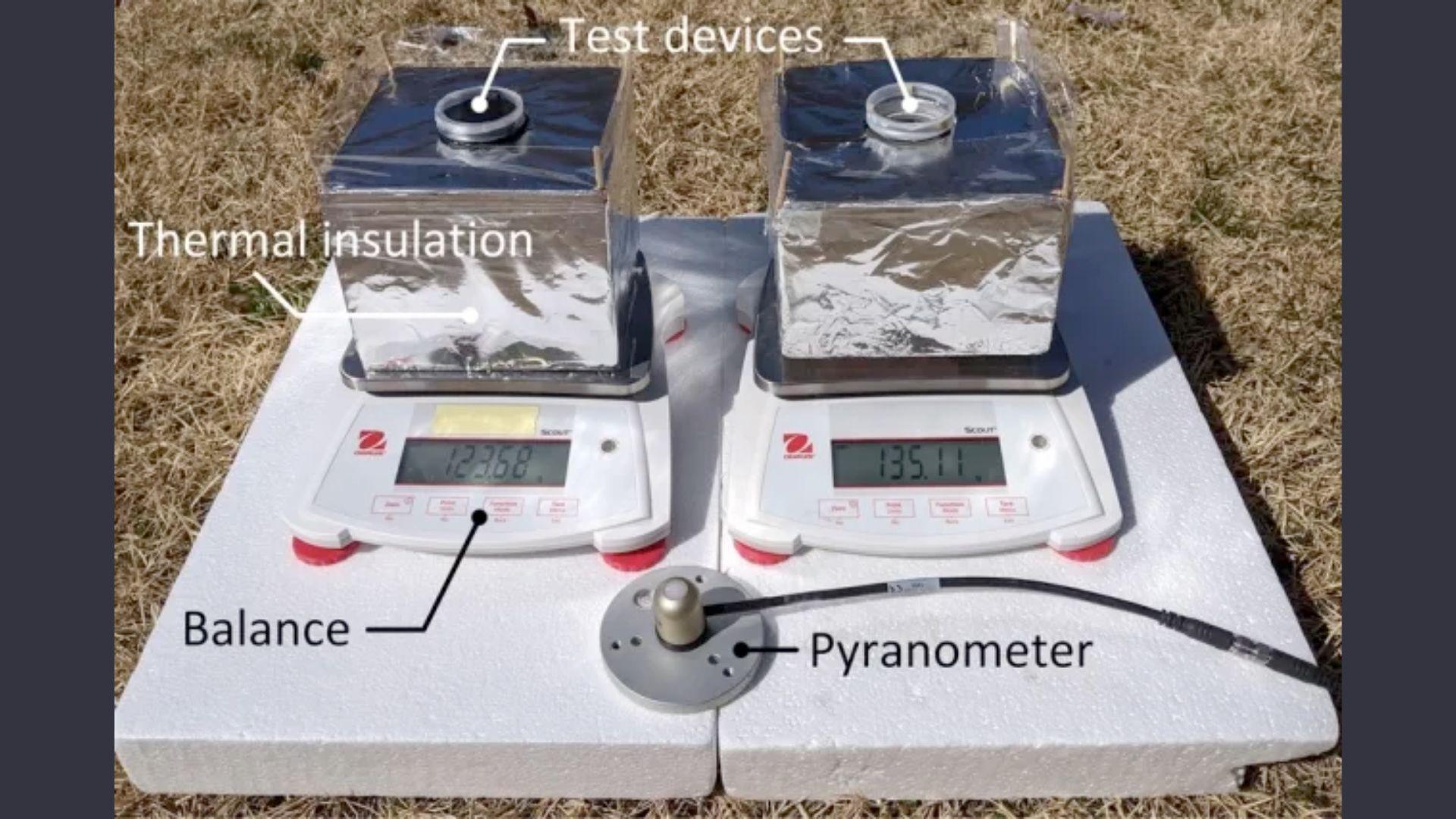Over two-thirds of the Earth’s surface is covered by water—but most of it is saltwater, which humans can’t drink. Therefore, the quest for clean freshwater in many areas of the world is a critical challenge.
One innovative solution is solar desalination, which transforms saltwater into drinkable freshwater using the sun’s heat… but it doesn’t always work so well. Luckily, a group of researchers have now developed a groundbreaking device that could potentially offer a new (and inexpensive) approach to providing clean water to those in need.
Saltwater vs. Freshwater

Although water covers over two-thirds of our planet’s surface, a staggering 97% of it is saltwater; saltwater is not suitable for drinking due to its high salt content. Consuming large quantities of saltwater can actually lead to severe dehydration and, in extreme cases, death because our bodies cannot handle such high levels of salt intake.
We need freshwater to survive and meet our drinking needs. Freshwater has a salt concentration of less than 1%. Since freshwater is not as plentiful on our planet, various technologies have been developed to desalinate saltwater and make it safe for consumption. These methods help to address the challenge of accessing clean drinking water.
What is a Solar Desalination Device?

One of these salt-extracting technologies is called solar desalination.
Although the exact processes can differ, the fundamental principle of solar desalination involves using the sun’s heat to make saltwater freshwater. The heat causes the water to evaporate, separating it from the salt. The resulting water vapor is then captured and cooled to form liquid freshwater.
Previous Solar Desalination Devices

Engineers have developed numerous solar desalination systems, but to have a meaningful impact in regions where they are most needed, these devices must be affordable, efficient, and built to endure over time.
Evelyn Wang, one of the researchers who worked on the new device, explained, “we see these very attractive performance numbers, but they’re often limited because of longevity.”
The Longevity Problem

The major longevity issue affecting the lifespan of these devices is the buildup of salt, which often accumulates on the wicks that transport water through the system. These wicks are challenging to clean, and over time, the salt accumulation necessitates their replacement.
“The challenge has been the salt fouling issue, that people haven’t really addressed,” researcher Wang explained. “Over time, things will foul.” However, scientists may have just discovered the solution to this issue.
Gravity-Driven Convection Technology

Researchers from MIT and China’s Shanghai Jiao Tong University have developed a solar desalination device that uses gravity-driven convection to purify water. This device is wick-free, so there is no issue of salt fouling.
Perhaps most promising, this new invention could provide a family of four with all the drinking water they need. Also, it can be made from just $4 worth of materials.
The Science Behind the Device

Natural convection occurs when fluids with different densities interact, causing the lighter, less dense liquid to rise while the more dense liquid sinks. This principle also applies to gasses, where hot air rises above cooler, denser air.
In the new solar desalination system, multiple layers are utilized to harness this effect. Saltwater is poured into the top layer, which is coated in black paint to absorb solar heat. This heat causes the water to evaporate, creating vapor for collection. The remaining liquid in this layer becomes increasingly salty and dense, prompting it to sink and enhance the efficiency of the desalination process.
A Layered Design

At the base of the device is a layer filled with additional saltwater. The intermediate layers are engineered to retain heat in the top section, while facilitating the movement of any highly concentrated saltwater downwards. This setup leverages natural convection to blend the dense saltwater with the less concentrated saltwater below.
The device successfully operated for a week without any noticeable salt buildup, though its long-term performance remains uncertain. Further testing is needed to determine its full operational lifespan.
A Cheap Solution

According to the MIT team, one of the most promising aspects of the solar desalination device is its affordability. It would cost just $4 to create a unit capable of providing drinking water for a family of four.
If the device demonstrates long-term durability, it could offer an economical solution for supplying freshwater to communities in need.
Improving the World

The scientists are hopeful that their invention will help to make the world a better and more healthy place. “I think a real opportunity is the developing world,” Wang said. “I think that is where there’s [the] most probable impact near-term, because of the simplicity of the design.”
Whether this invention helps communities that have a difficult time obtaining drinking water, or it just ends up being a cool camping gadget, this fascinating solar desalination device could absolutely change the world for the better.

